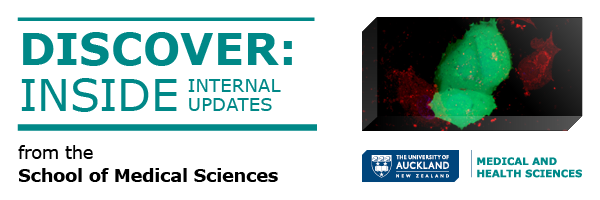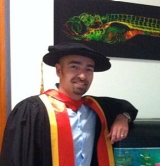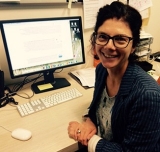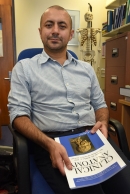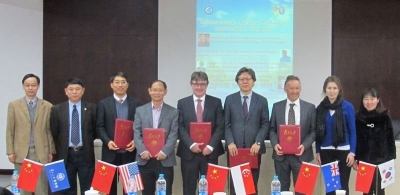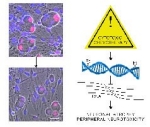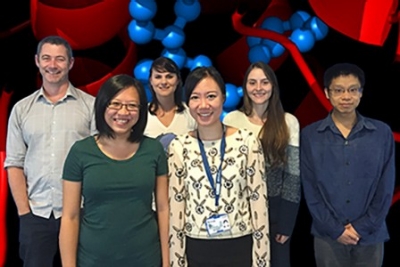Dear All,
In this issue we welcome two new appointments to the School, Dr Chris Hall and Dr Nikki Moreland. The dual appointment of Chris and Nikki reflects our desire to strengthen teaching and research in the area of immunology that has been eroded by the retirements of senior academic staff in the School.
Over the next two years in the lead up to the next PBRF exercise, we have a number of staff who have indicated their intentions to retire. While these colleagues will be sorely missed, the retirement of this group of senior staff offers a unique opportunity to reshape the research directions of the School and I will be seeking your input on this process.
It also throws up a number of challenges, as many of the retiring staff have provided outstanding academic service and leadership to the school, their respective departments and their scientific disciplines over the course their careers.
Hence we need to start thinking now about succession planning to develop the next generation of academic leaders within the school.
In this regard, our implementation of the shift of the governance of the post graduate programme in Biomedical Science to the school offers an excellent opportunity for younger staff to take on significant service roles that will allow them to demonstrate the leadership required to shape the future direction of teaching and research in the Biomedical Sciences.
As discussed at the school forum we will need to appoint a new Board of Studies, a director of the Honours programme, course directors for new compulsory courses, and conduct a review of our existing 700 level offerings.
Things are changing and in change there is opportunity. I hope you all are prepared to embrace these changes and are prepared to play your part in ensuring they are successfully implemented.
Regards,
Professor Paul Donaldson
Head of School, School of Medical Sciences
Faculty of Medical and Health Sciences

